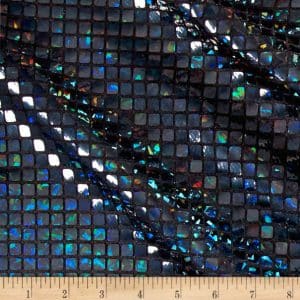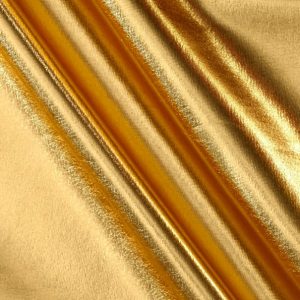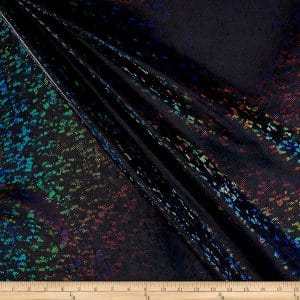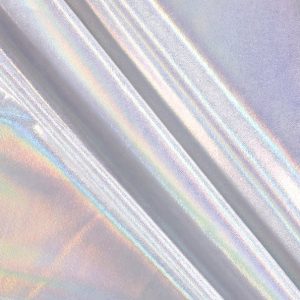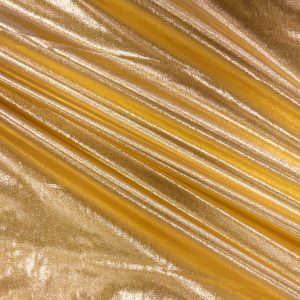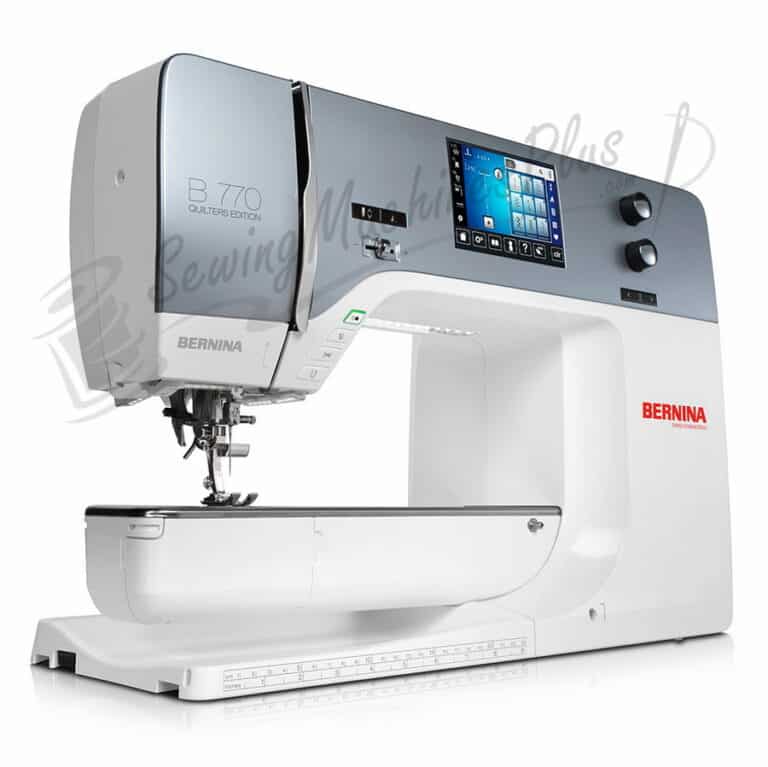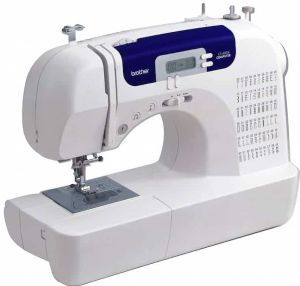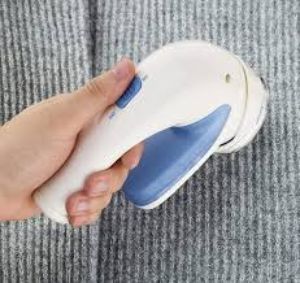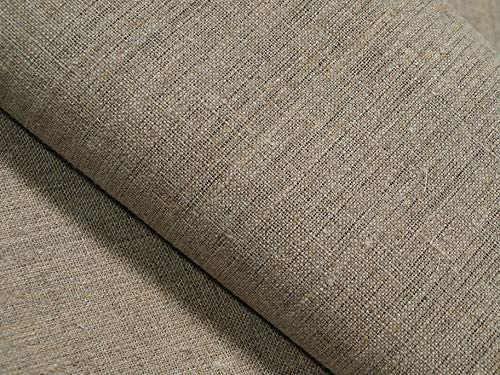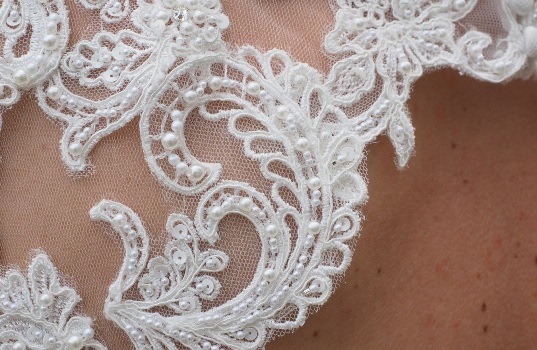Lame Fabric: History, Properties, Uses, Care, Where to Buy
Table of Contents
Introduction to Lame Fabric
| Section | Summary |
|---|---|
| Introduction to Lame Fabric | Lame fabric is either completely made of metallic threads or interwoven with metallic fibers. It’s ancient and was associated with royalty and the elite |
| History of Lame Fabric | Originated in Ancient Assyria around 2500 BC, it was worn by the nobility. It was popular in Europe as “the cloth of gold”. It saw a revival in the 20th century |
| Properties of Lame Fabric | Smooth, shiny, lustrous, semi-sheer, lightweight, easy to cut |
| How it’s Made | Made in three stages; coating, wrapping, and weaving |
| Where it’s Made | Genuine Lame is made in fashion cities like Milan and New York, imitation lame is mostly produced in China |
| Common Uses | Used in daily wear such as shoes, bags, dresses, and ties; home décor like curtains; sports and theatre for costumes and fencing outfits |
| Sewing with Lame Fabric | Requires care when cutting and sewing due to its lightweight nature and tendency to dull needles |
| Dyeing with Lame Fabric | Can be dyed depending on its composition. Rit All-Purpose Liquid Dye can be used |
| Care for Lame Fabric | Mostly dry cleaned or hand washed with cold water and gentle detergent. Ironed on low heat setting |
| Where to Buy | Can be purchased from fabric merchants, online retailers like Amazon |
| Best Lame Fabrics | Examples include Iridescent Sequin Mesh, Foil Lame Knit, Shattered Hologram Dancewear Knit, Pine Crest Fabrics Starlet Holo Lame Dancewear Knit, Tissue Lame |
| Lame Fabric Buying Guide | Depends on the budget and care requirements. Most lame fabrics are affordable. Care instructions vary but most require dry cleaning or hand washing |
| Conclusion | Lame fabric has a smaller environmental impact due to lower popularity but it still significantly impacts the environment negatively. However, it has been in production for a long time serving its purpose well |
Lame fabric is a material that is either totally composed of metallic threads or is interlaced with metallic fibers. It is believed to be more than a thousand years old, and it was once connected solely with royalty and the elite.
Although Lame fabric is becoming more commonly available, the forms of Lame that incorporate valuable metals continue to be quite costly. Genuine and fake Lame are frequently seen in high-end fashion and theatrical productions.
What is the History of Lame Fabric?
The lame fabric was first seen in Ancient Assyria, a Middle Eastern civilization between 2500 Bc. According to some of the oldest Assyrian literary records, a gold or silver fabric was worn only by the nobility.
Since it resembles gold jewelry in appearance and contains gold strands, Lame has gained popularity among the nobility of nearly every major civilization that has emerged on the Eurasian continent over the centuries. It has been termed “the cloth of gold” in Europe because of its high price.
The extravagant flapper movement rekindled interest in flashy and expensive materials, including Lame, for a brief period in the twentieth century. This revival of Lame’s appeal was largely due to Marilyn Monroe and Elvis Presley’s frequent use of Lame clothing in movies and music.
Properties of Lame Fabric
- Has a smooth feel
- It is shiny and lustrous.
- Is semi-sheer
- It is a lightweight fabric. It can be easily cut using a pair of fabric scissors.
How is Lame Fabric Made?
Lame fabric is made in three main stages; Coating, wrapping, and weaving. First, the thread is covered in plastic to make it more durable. Second, in the case of valuable metals like gold or silver, another metal is used to cover the cotton or synthetic textile. Finally, the imitation or genuine Lame is ready to be woven into a fabric sheet.
Where is Lame Fabric Made?
The genuine Lame is produced in niche factories in the world’s most fashion renowned cities, like Milan and New York. At the same time, imitation lame is commonly produced in Asian countries and mostly in China, which has the highest production of Lame due to being the textile market leader.
Common uses of Lame Fabric
Clothes and accessories made of imitation and genuine Lame are nearly exclusively used to create clothes and accessories.
Daily wear
Lame fabric is used to create shoes, bags, purses, evening dresses, and even men’s neckties. Designers mostly use genuine Lame to create highly fashionable and expensive dresses, whereas imitation lame fabric can be found in women’s jeans, skirts, and blouses.
Home décor
Lame fabric is used in curtains and drapes.
Usage in Sports and Theatre
Lame fabric is also used in theatrical plays, where the actors’ costumes are mostly made of the mentioned fabric. Also, during comic cons, many anime fans love dressing up in lame due to the exquisite nature of the fabric.
Lame is also used in fencing due to the fabric’s electrical conductivity, which allows hits to be recorded when playing the game.
Sewing with Lame Fabric
Lame is a lightweight fabric and should be cut carefully using the correct sewing essentials since it easily frays. If you are sewing lame by hand using hand sewing needles or by machine. You should ensure that you change the sewing needle several times since the fabric dulls the needle.
If using a sewing machine like the Brother SE600, one of the best sewing machines around. Change the needle if you feel the needle will snag the fabric. Apart from that, the sewing thread used can be an All-purpose one.
You should ensure that you have the right sewing notions and supplies for the type of Lame fabric you have. If you do, the fabric will easily be sewed to your preference and taste and won’t pose a hassle.
Dyeing with Lame fabric
Even though it may be unheard of, Lame fabrics can be dyed. The process is useful for designers and consumers with unique styles and preferred designs.
The Lame fabric can be dyed depending on the composition of the fabric. If made using cotton, silk, and other synthetic threads, the Rit All-Purpose Liquid Dye can be used as the best fabric dye available.
How to care for Lame Fabric?
Despite improvements in the production of Lame fabric, customers should know that the fabric is neither lasting nor easy to maintain. A garment or item that will be used frequently should not be made of this material.
Washing
- Mostly, lame fabrics are dry cleaned.
- Clothes with metallic fibers can be machine washed
- It can also be washed by hand using cold water
- Use a gentle washing detergent for cleaning
- For washing in a machine, the setting should be set to a delicate cycle
- Fabric softeners can be used
- The fabric can be dried by air-drying it on a flat exterior
Ironing
- You should use a cloth steamer to remove wrinkles from the fabric
- Using a shark steam iron, press the fabric on the wrong side
- Use a low heat setting and a press cloth
- Use pins to ensure the fabric stays in place
Where to buy Lame Fabric?
Lame fabric is available for purchase from fabric and garment merchants, among other places. In addition, clients can acquire lame fabric from online retailers and websites like Fabric.com and Amazon, which have the highest-quality and best lame fabric available, such as the light-weight Iridescent Sequin Mesh or the printed Shattered Hologram Dancewear Knit for their projects.
It can be sold in several ways depending on the seller;
- By yard
- By Inches
- Can be cut to order
Lame fabric is a woven fabric that is recognizable for its metallic sheen. This fabric is quite special and is often created with metallic coated fibers that are woven with synthetic fibers like polyester or nylon, though other fibers can be used, as well as other methods and weaves, as there are different types of lame fabric. Lame is a great option for making all sorts of apparel items, accessories, costumes, and even for home décor and accent projects.
Best Lame Fabrics
Here are our lame fabric reviews.
1. Iridescent Sequin Mesh
This unique, lightweight lame fabric is made from 100% polyester. This fabric is actually a mesh with lurex accents, overlaid with lame sequins. This combination creates a fabric that is great for creating costumes or home décor/table top accents. The fabric could also be used for a whole host of crafting projects as well.
- This line of fabric comes in twenty different colors
- Dry clean only
- Comes in 44” widths
Shop Now on Amazon for Fabric Check Today's Price on Amazon
2. Foil Lame Knit
This lightweight lame fabric, which features Lycra spandex, is stretchy and would be great for form-fitting apparel. The fabric features a shiny, metallic look. This fabric would be a good choice for leggings that really stand out, costumes, dancewear, or other apparel items. This line of lame comes in over fifteen different colors.
- Fabric is a blend of 96% polyester and 4% Lycra spandex
- Fabric features 50% four-way stretch
- Dry clean only
Shop Now on Amazon for Fabric Check Today's Price on Amazon
3. Shattered Hologram Dancewear Knit
This lame line of fabric is medium weight and features a unique printed foil and holographic accents that give the fabric tons of sparkle and shine. This fabric really stands out, with 15% four-way stretch, it can be a good choice for making dancewear like leotards, costumes, leggings, jackets, form-fitting apparel, and more.
- Fabric is a blend of 80% nylon and 20% Lycra spandex
- This line of fabric comes in fifteen different colors
- Dry clean
Shop Now on Amazon for Fabric Check Today's Price on Amazon
4. Pine Crest Fabrics Starlet Holo Lame Dancewear Knit
This knit lame fabric is medium weight. The base of the fabric is nylon, with added lame foil dots for a unique and noticeable shine. The fabric also features 20% four-way stretch, which helps make it a great choice for many different costumes, dancewear, and apparel items.
- Gentle wash with cold water and mild soap (do not use fabric softener or bleach), line dry
- Comes in 58” widths
- This fabric is a blend of 80% nylon and 20% Lycra spandex
Shop Now on Amazon for Fabric Check Today's Price on Amazon
5. Tissue Lame
This line of lame fabric comes in over ten different colors. The fabric is very lightweight and would be a great choice for projects that require an overlay. Alternatively, this fabric could be sewn with another fabric as a backing to make it heavier weight. The fabric features a beautiful, iridescent shine and has a crisp hand.
- This fabric would be a good choice for costumes, some dresses, and other apparel items, and could also be used for crafting projects
- Hand wash with cold water and mild soap, or dry clean (dry cleaning is preferred)
- This fabric is a blend of 55% metallic and 45% nylon
Shop Now on Amazon for Fabric Check Today's Price on Amazon
Lame Fabric Buying Guide
Lame can be very lightweight, lightweight, or it can be medium weight. Lame has a metallic or sparkly sheen, and is such a versatile fabric, that it can be used for many different projects. Crafting, apparel, dance, costumes, and home décor projects can all be made with lame fabric. Lame fabric often has some degree of stretch, but not all lame fabrics do.
Budgeting for Lame Fabrics
Lame fabrics are quite unique. They are distinctive fabrics that really stand out. Some lame fabrics are very lightweight, while others are medium weight and are made to be used for activewear and dancewear. Lame is a great choice for costumes and many other apparel items. You might think that the fabric would be quite expensive, but the good news is that most lines of lame fabric are actually very budget-friendly. Many lame fabrics can be purchased for under ten dollars per yard, with some that start at half that price.
Caring for Lame Fabric
Lame garments and apparel items do have special care requirements. Every line of fabric will come with its own cleaning instructions. Some lame fabrics are dry clean only, while others can be hand washed with a very mild soap. Fabric softeners and bleaches should not be used. Lame should often be hung to dry and should not be put in a dryer.
Recommended Reading:
- Chapter 1: The 7 Sewing Essentials for Beginners
- Chapter 2: The Beginner’s Guide to Sewing Machines
- Chapter 3: The Ultimate Guide to Setting up your Sewing Room
- Chapter 4: Everything You Need To Know About Sewing
- Chapter 5: Sewing Fabric 101: A Virtual Tour of the Fabric Store
Conclusion
Because Lame isn’t as popular as other fabrics, its production has a smaller impact on the environment. Even though Lame is only used in modest quantities, it substantially negatively influences the environment.
Still, the fabric has been in production for a long time and has sustained its purpose of producing products and apparel for all ages.
Sources


